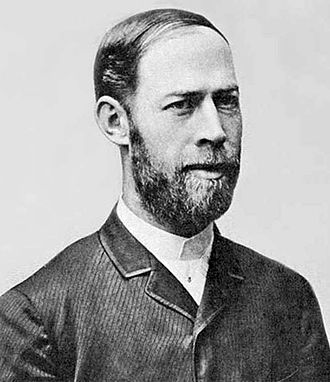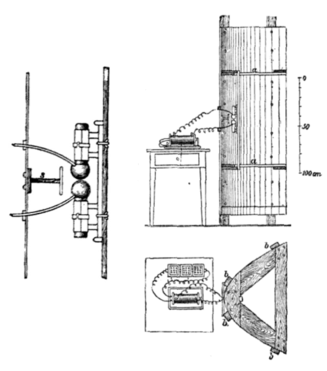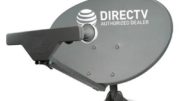Heinrich Hertz is not a name most people know. Even though most folks know terms like “kilohertz” and “megahertz” because of computers and radios, most don’t give any thought to why those words are what they are. Most scientific measures used today are named for people instrumental in the history of electricity and physics, yet we rarely think about those communications pioneers. Articles like this one aim to change that.
Who was Heinrich Hertz?

This appears to be the only photo that still exists of Heinrich Hertz. From the little we know, he was born in the area now known as Germany in 1857. He came from a wealthy family, which was more or less a prerequisite for being a scientist in those days. Hertz gained advanced degrees in engineering and went on to become an acclaimed professor at the time. That probably would have been enough to satisfy his family and land him the girl of his dreams, but he went on to do far more than that.
The work Hertz did
The late 19th century was a time of incredible innovations in technology, perhaps even more so than the present day. For the first time in history, scientists in different cities and countries could share information quickly. Thanks to the telegraph, which was making its way through the western world at the time, people could share information with people far away. Telegraph cable connected Europe and North America, and messages could be sent in minutes rather than weeks.
This led to people like Dr. Hertz working to prove theories of other scientists rather than trying to work independently. At the time, there were several folks across the country with a wild theory. They believed it was possible to send electricity from one point to another without a wire. But, in order to do it, they had to invent literally everything they needed. That’s where Hertz came in. Not only did he literally confirm the existence of radio waves, he found a way to collect them.
The invention of the dish
Hertz’ experiments in electricity led to everything from AC power to computer speeds to radio stations. However, Heinrich Hertz is also remembered as the inventor of the parabolic antenna, in other words, the satellite dish.

Surprisingly, the dish has been around since 1888, about 75 years longer than the communications satellite. (That should permanently settle any chicken-or-the-egg questions.) The antenna was invented to try to understand and confirm the existence of radio waves, which it did. The antenna concentrated as much energy as possible on a single spot, just as a dish does today.
The dish-shaped antenna was used throughout the history of recording technology to help improve the gain of weak signals. Radar antennas used the dish-shaped antenna during the 1940s and 1950s, and still do to this day. Radar antennas are traditionally hidden behind a dome to keep the moving parts cleaner as they do rotate.
In 1962, signals from the first communications satellite, Telstar I, were picked up by a large dish, just as satellite signals are today.
For giving us the dish that so many of us use for TV signals, we honor Heinrich Hertz. Sadly, Dr. Hertz died at the age of 36. The 19th century was a great time for science, but it would still be half a century before even the most simple antibiotics were found. Today the infection that killed him would probably be treatable with over-the-counter medication, but then… well obviously it was a much bigger deal.




